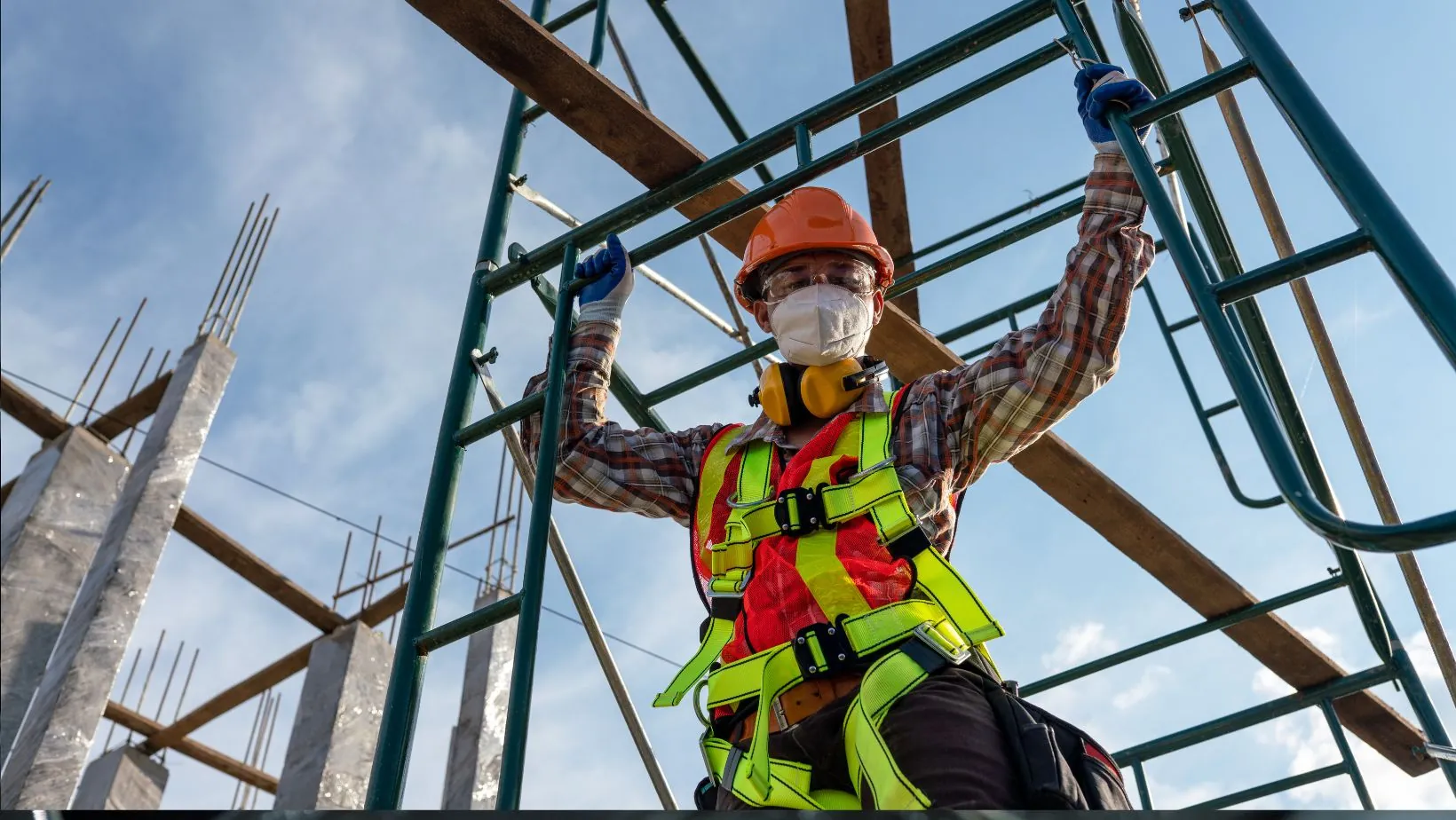Industrial accidents involving chemicals, hot surfaces, or faulty equipment often result in workers sustaining devastating burns. Burn injury attorneys investigate whether employers violated safety protocols or failed to provide adequate protective gear. This article explores how legal action can hold workplaces accountable for preventable harm.
Understanding Workplace Safety Failures and Burn Injuries
The Nature of Workplace Safety Failures
Workplace safety failures often stem from a combination of neglect, insufficient training, and oversight. When employers prioritize productivity over safety, conditions become ripe for accidents to occur. For instance, inadequate maintenance of equipment may lead to malfunctions, exposing workers to hazardous situations. Additionally, neglecting proper safety training can leave employees unaware of potential risks, contributing to an unsafe work environment. These failures are not merely lapses in judgment but violations that compromise worker safety.
Consequences of Safety Negligence
The repercussions of workplace safety failures extend beyond physical injuries. Victims of severe burns may face long-term medical treatments, emotional trauma, and financial burdens due to lost wages and medical expenses. Moreover, the psychological impact of coping with disfigurement and rehabilitation can be profound. Employers’ negligence not only affects the injured but also instills fear and uncertainty among the workforce, potentially reducing morale and productivity. Addressing these failures through stringent safety protocols and legal accountability is crucial to preventing future incidents and protecting employees’ well-being.
Common Causes of Severe Burn Injuries: Chemicals, Hot Surfaces, and Faulty Equipment
Chemical Hazards
In industrial environments, chemical burns present a significant threat to workers. When hazardous substances, such as acids, alkalis, or solvents, are improperly handled or stored, the risk of severe skin damage increases. Chemicals can cause burns not only through direct contact but also through inhalation or absorption, leading to internal injuries.

Employers must adhere to stringent regulations regarding the labeling, storage, and handling of these dangerous materials to prevent such incidents. The absence of proper personal protective equipment (PPE), such as gloves or face shields, further compounds the risk, leaving workers vulnerable to these corrosive agents.
Hot Surfaces and Equipment
Industries that involve high-temperature processes, such as welding or metalwork, pose another significant risk for severe burn injuries. When employees come into contact with hot surfaces or equipment, the potential for burns is substantial. This is often exacerbated by inadequate safety barriers or insufficient ventilation, which can lead to the buildup of heat in confined spaces. Employers are responsible for ensuring that proper safety protocols are in place, such as thermal insulation and warning signs, to mitigate these hazards. Regular maintenance and employee training on the safe operation of machinery are critical to reducing burn incidents.
Faulty Equipment and Safety Failures
Faulty equipment is a pervasive cause of workplace burn injuries. Machinery that malfunctions or is poorly maintained can expose workers to unexpected hazards, such as steam leaks or electrical fires. Regular inspections and maintenance are crucial for identifying and rectifying potential defects before they lead to accidents. Moreover, a culture of safety, where employees feel empowered to report unsafe conditions without fear of reprisal, is essential in fostering a secure work environment. Employers must prioritize safety at all levels, ensuring that equipment meets industry standards and that safety protocols are strictly adhered to.
The Role of Burn Injury Attorneys in Investigating Safety Violations
Understanding the Legal Framework
Burn injury attorneys play a pivotal role in navigating the intricate legal landscape surrounding workplace safety violations. Their expertise allows them to identify breaches of safety regulations, such as those set by the Occupational Safety and Health Administration (OSHA). By meticulously examining the circumstances leading to an incident, these attorneys establish whether an employer’s negligence contributed to the occurrence of severe burn injuries. This process involves evaluating compliance with mandated safety standards and verifying whether employees have been provided with proper protective gear.
Advocating for Victims’ Rights
Burn injury attorneys not only focus on legal proceedings but also act as staunch advocates for victims’ rights. They engage in negotiations with employers and insurance companies to secure fair settlements for medical expenses, lost wages, and pain and suffering. In cases where settlement offers are inadequate, attorneys are prepared to take matters to court, ensuring that justice is served. Through their dedicated efforts, these legal professionals aim to create safer work environments by holding negligent parties accountable and deterring future violations.
Final Thoughts
By understanding the profound implications of workplace safety failures leading to severe burn injuries, you are better equipped to advocate for meaningful change within your organization.

Legal action serves as a critical tool not only for seeking justice for affected workers but also for fostering a proactive safety culture. As you navigate these complex issues, remember that accountability and vigilance are vital in preventing future tragedies.



